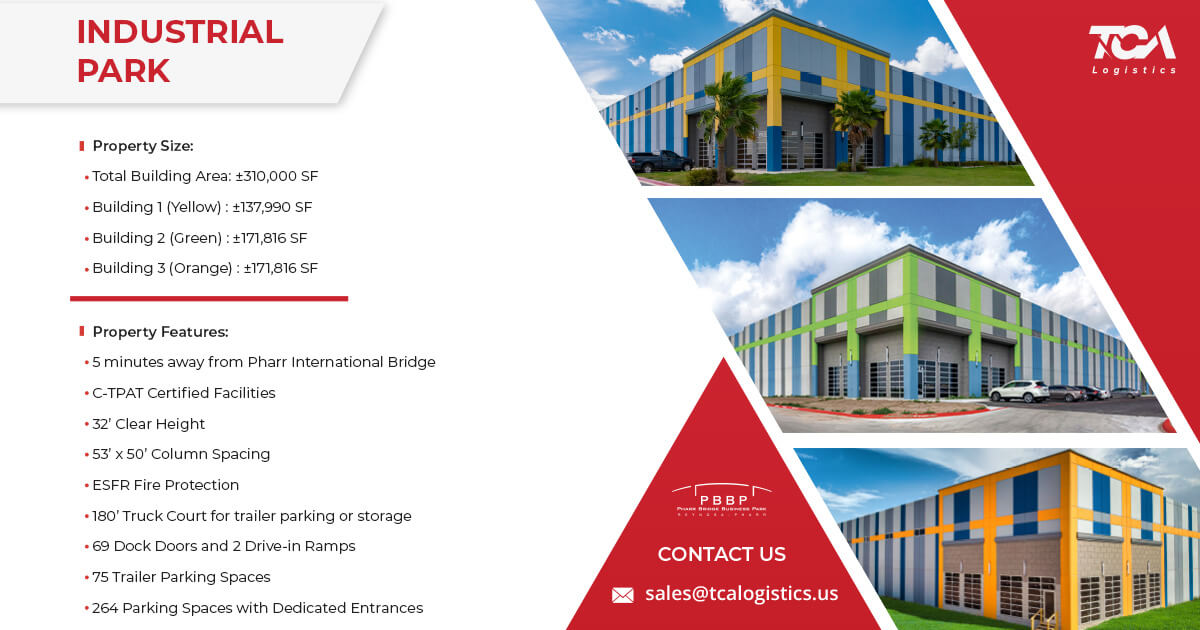
Texas Border Business
Newswise — As students return to a traditional school day—some for the first time in 18 months—many teachers and administrators are looking to support their math and language arts lessons with social-emotional and character development (SECD) skills. SECD refers to the integration of social-emotional learning (SEL) and character development (CD) and involves recognizing and managing emotions; developing caring and concern for others; making responsible decisions; establishing positive relationships; and capably handling challenging situations.
Sometimes referred to as emotional intelligence, soft skills or “21st century skills,” these relationship-building skills are often listed as the No. 1 most valuable career skill in today’s workplaces. Regular SECD programming is associated with an 11 percent rise in standardized test scores and reductions in school dropout, violence, bullying, and classroom disruption within the classroom.
“As students return to a traditional school day, many are bringing more than just a backpack with them – they are bringing loss and anxiety,” said Maurice J. Elias, a professor of psychology at Rutgers University-New Brunswick and director of the Rutgers Social-Emotional and Character Development Lab. “We must recognize that the social and emotional needs of young people are a gateway to their academic success. If we think they’re going to sit and listen to our lessons when they’re still depressed, anxious, fearful or hopeless, that’s not happening.”
Elias, co-author of the forthcoming book, Morning Classroom Conversations, suggests several ways for how teachers and administrators can reduce stress, build relationships and create a welcoming classroom environment:
- Open the school day with a structured “Morning Classroom Conversation” to provide a safe space to practice critical and creative thinking, build active listening skills and learn to disagree respectfully. Elias’ book with Rutgers graduates Nina A. Murphy and Kellie A. McClain includes three years’ worth of conversation starters.
- Help students proactively learn how to reduce stress. “Mindful Moments”—where teachers lead a deep breathing technique—is a powerful stress reducer. The more routinely these moments are used, the more stress levels go down and students are open to learning. The end of the school day, or the end of a unit of study, can be a good time for reflection and discussion and help transition to the next unit.
- For middle and high school students, goal setting can be a helpful motivator. At the beginning of the school year, ask students to write down academic goals, social life, sports and exercise, healthy eating, family and community, hobbies and interests, screen time and long-term plans. The main point of setting goals is to help students take realistic steps to achieve them.
- Many educators find that using the SMART format—goals that are specific, measurable, attainable, relevant and timely—is practical and reasonable, and keeps students on track.
- Visual and performing arts can be powerful tools for students to explore self-awareness, self-management, social awareness, relationship skills and responsible decision making. Building in time throughout the day to be intentional about self-expression can be the creative outlet needed to continue their day.












